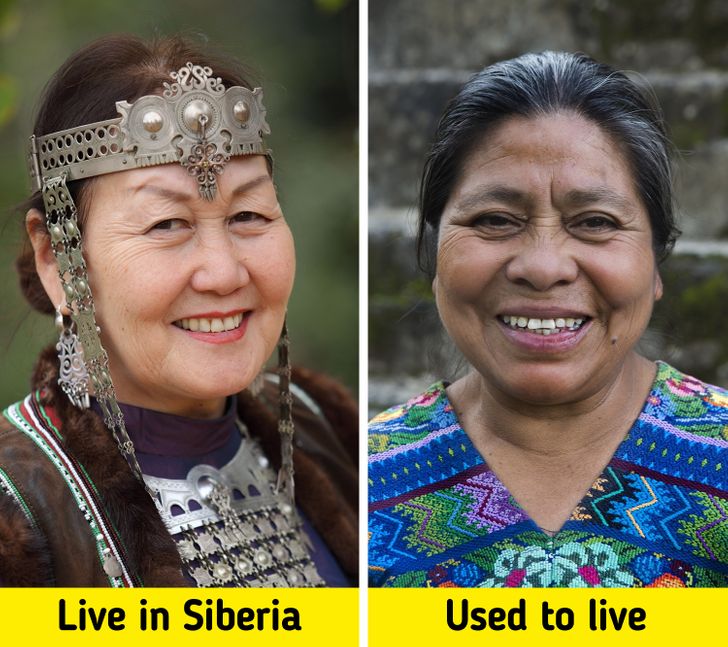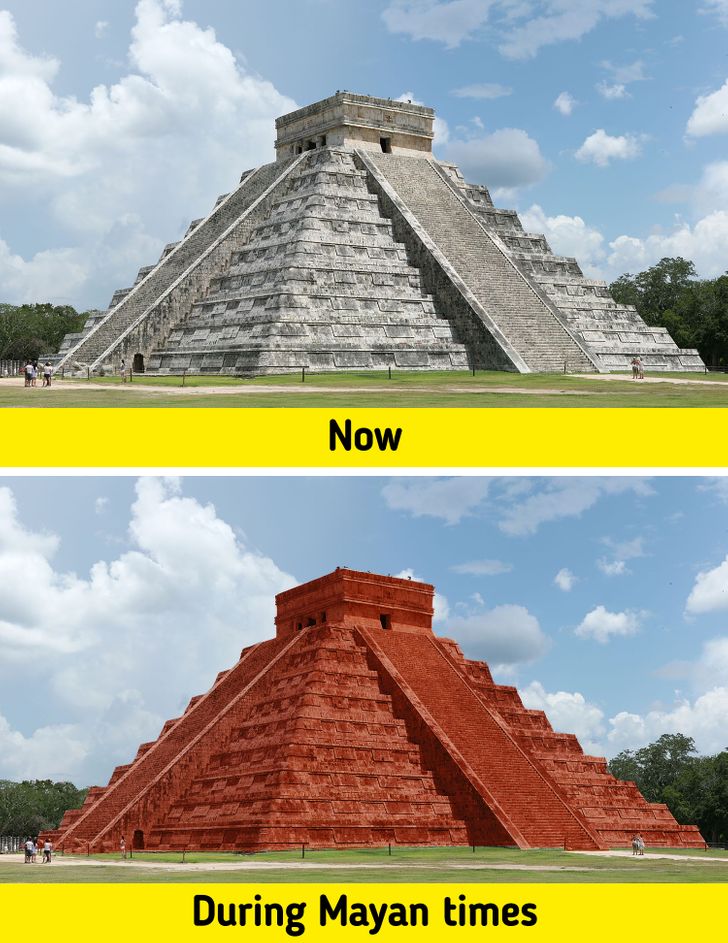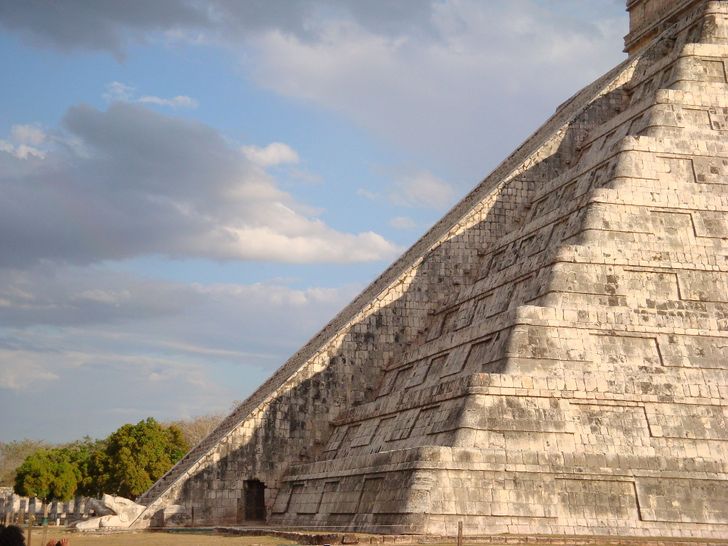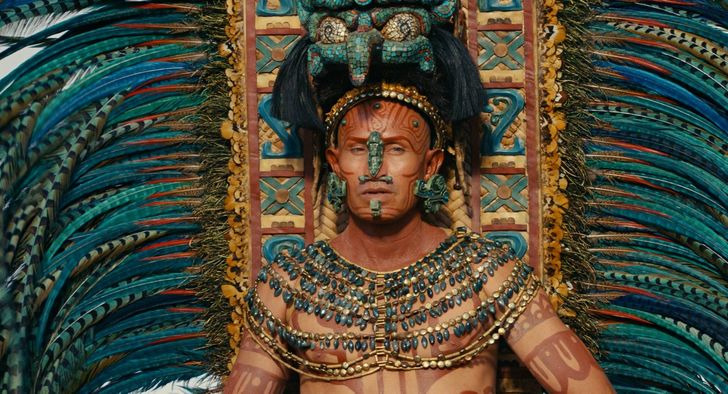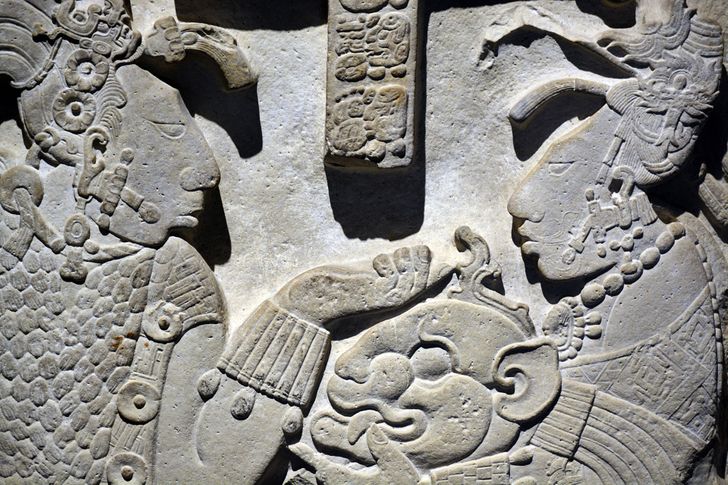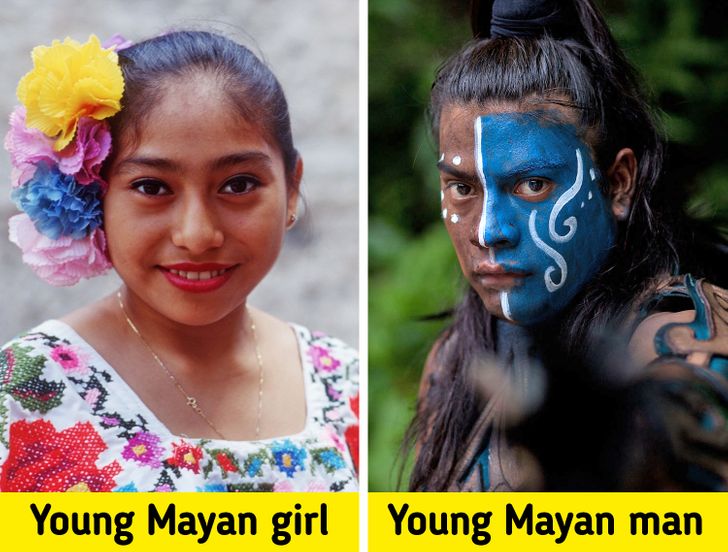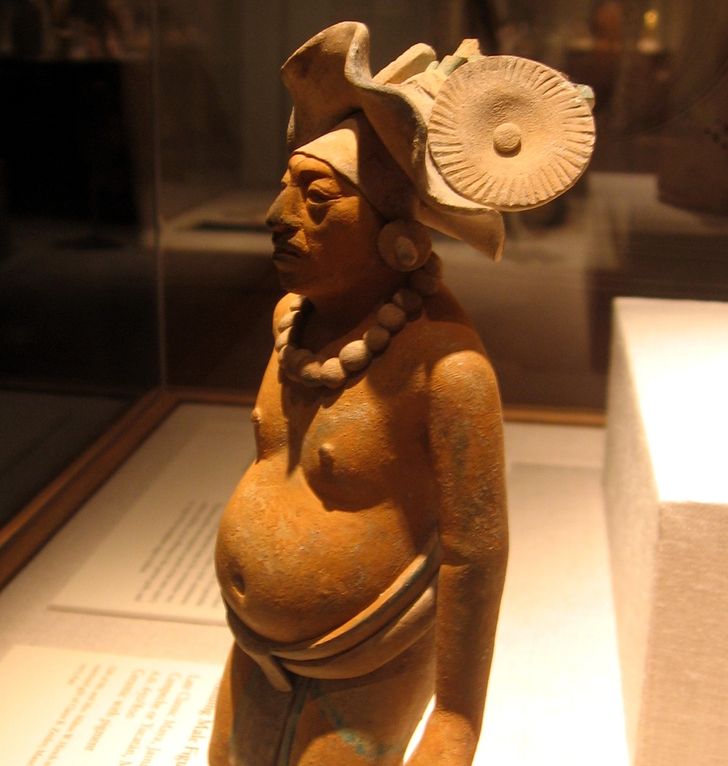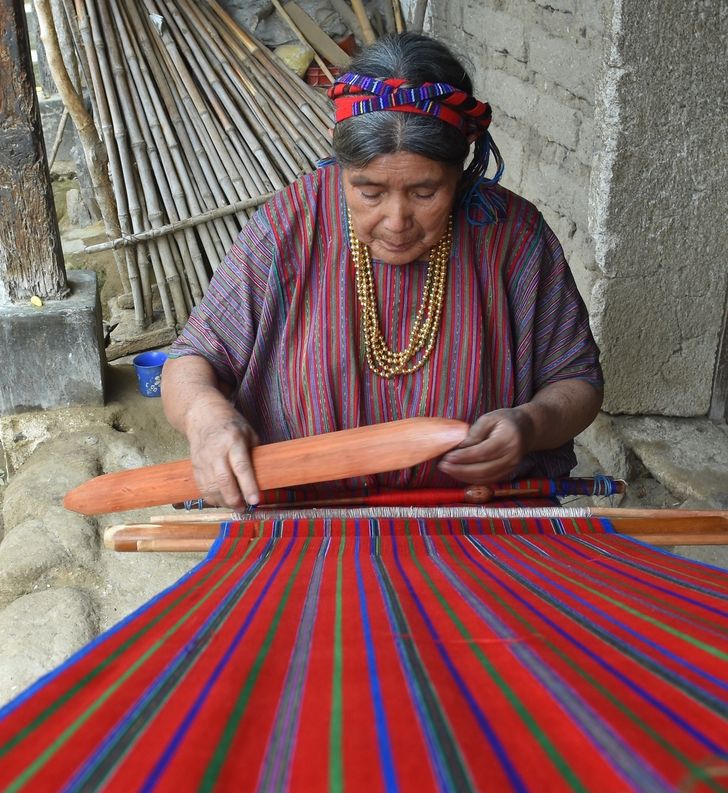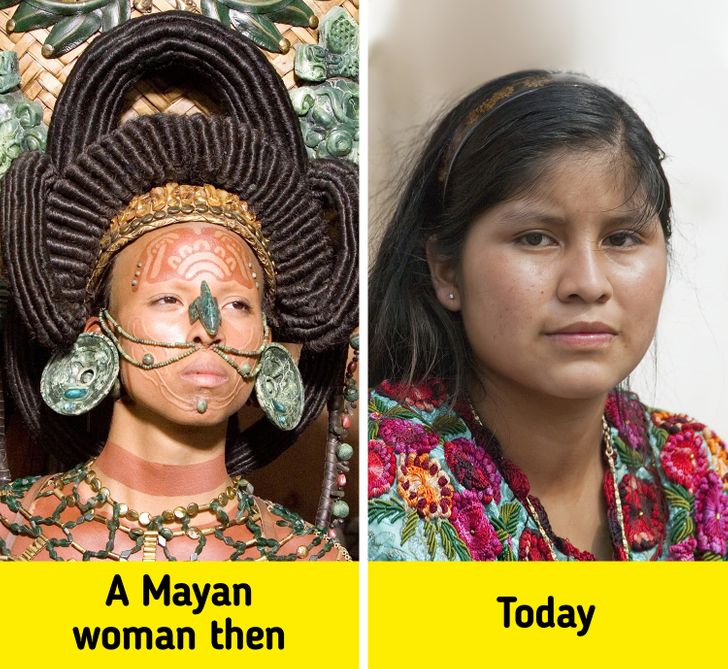Cool!!!!!!!!!!!!!!!!
hi
20+ Facts About the Mayan People That Your School Teachers Didn’t Tell You About
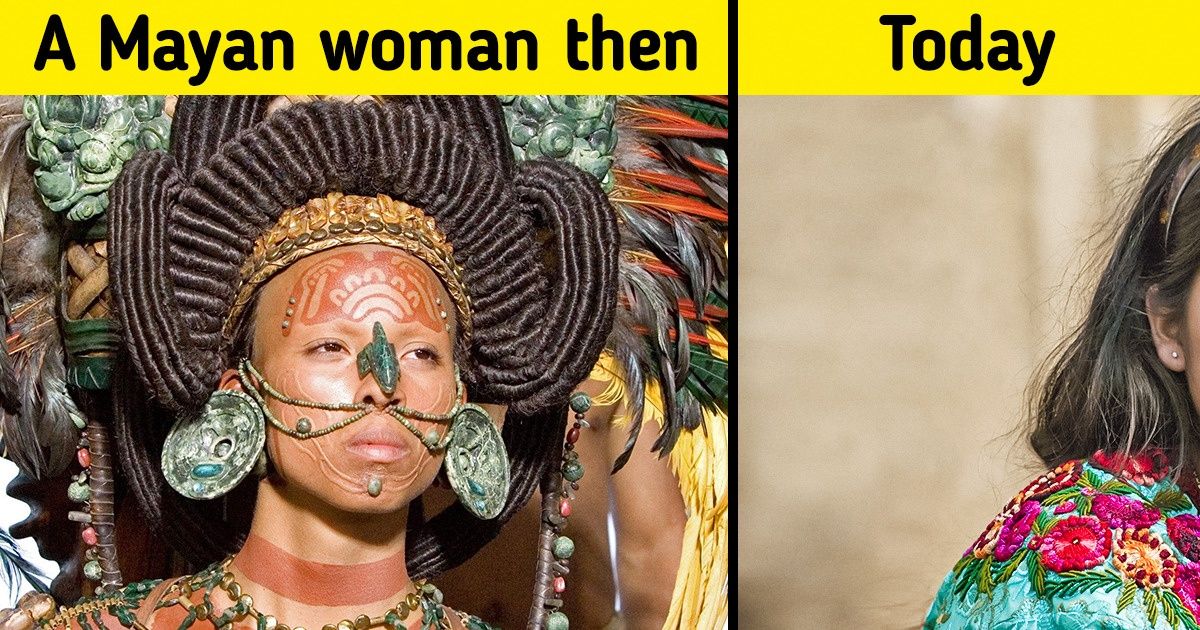
The Mayan civilization is one of the most amazing, mysterious, and at the same time one of the most attractive populations who have ever lived on our planet. The peculiarities of this civilization attract scientists and ordinary people, as it left many questions that have been waiting for answers for centuries. And the smartest people in the world are still racking their brains, trying to figure out their secrets.
Bright Side decided to dive into the mysterious world of the Mayan people in order to learn the interesting facts about the civilization that disappeared just as suddenly as it appeared.
They arrived from Siberia and founded more than 1,000 cities in South American jungles.
It’s not for nothing that the Mayan and the Siberian people look so alike. Experts suppose that the roots of this civilization should be searched for in the history of migrants from Asia. In fact, the Mayans made their way to the American continent from Siberia during the last Ice age. Many years passed before their ancestors put down roots in the sultry jungles of Central America.
By the way, the native inhabitants of Chukotka, located in the far east of Russia, use the base-20 (base-score) numeral system instead of the decimal one. The Mayan people also used this same system.
The development of civilization took place in the territory of the following modern states: Mexico, Guatemala, Belize, El Salvador, and Honduras (western part). Researchers have found hundreds of cities from the Mayan culture, but still, not all of them have been excavated and studied by archaeologists.
The Mayans built special temple complexes — or pyramids — with the temple of Kukulcan being the most famous one. The most ancient ones date back to the 4th century BCE. These constructions had such special features like:
- They were built from local limestone and then covered with paint. For this reason, during the Mayan times, buildings looked different and were red in color.
- If you stand in front of the pyramid’s main stairs and clap your hands, you can hear this chirping echo. It sounds like the quetzal bird that was honored by the Indians of Mesoamerica.
- Each of the 4 staircases of the temple has 91 steps, and their total number is 364. Together with the base-platform that joins all the stairs on the top of the pyramid, the total number becomes 365 — the number of days in a year.
- The location and shape of the pyramids are designed in such a way that once a year the staircase casts a shadow in the shape of a snake, marking the day of the spring equinox.
Strange things that impress modern humans, but were normal things for the Mayan people
It’s probably not a big revelation to know that the ancient Mayan people performed sacrifices. But few people know that they were not actually very bloodthirsty people when it came to those places and times: they actually sacrificed humans much more seldom than the Aztecs. Most of the rituals were the result of events like crop failures or wars, or they were connected with the consecration of new leaders or temples.
However, the Mayan people often sacrificed captives to the Gods. These captives were usually from neighboring tribes who they were fighting with.
Though they have achieved a lot in many spheres of social life, the Mayans never mastered metallurgy. They were technically living in the Stone Age and were not aware of any more perfect tools than they were using. But they had their own methods of fighting with opponents. For example, Mayan warriors used hornets and wasps nests placed in jars made of gourds, as throwing weapons. If they were thrown successfully, insects would create a panic in the ranks of the enemy.
The Mayans had a very specific and (not very European) understanding of beauty. They considered strabismus (when your eyes don’t line up correctly) to be an attractive feature. In order to develop it intentionally, a rubber ball was hung at the level of a child’s eyes. In addition, the Maya deliberately deformed the frontal bone of the skull, giving it a flattened shape. To get this, a wooden plank was tightly attached to a baby’s forehead 5 days after birth.
According to the Mayans, this elongated shape of the head made a person look noble. Moreover, this forehead shape made it more convenient to attach straps that helped people carry heavy things. Also, noble people artificially changed the shape of their nose, creating the eagle-like look (sometimes with the help of clay or wax pads).
What the Mayan understanding of beauty was all about and why they wanted to look like corn
The ideal beauty of those times included approximately the following: a narrow face with prominent cheekbones, an extended backward and markedly flattened forehead, elongated and preferably slanting eyes, a large nose bent downward, a small mouth, and a protruding rounded chin. According to one of the theories, it made the face look like an ear of corn — the main crop cultivated by the Mayans.
As for the physique, noble people (both men and women) were usually depicted in a rather plump way with a noticeable tummy. Chubbiness was probably considered a sign of wealth and prosperity.
The Mayans had a widely spread custom of covering the face and body with geometrical tattoos, for which their pre-painted skin was slightly incised. The more tattoos there were on the body, the braver the man was believed to be, because applying the pattern with incisions was very painful and the person would be sick for several days after this procedure.
Interesting facts about the Mayans that you won’t be told in history lessons
-
Actually, the Mayans haven’t disappeared — there are about 7 million of these people’s descendants living in the world today. Some of them are still involved in producing textiles using technologies that are several thousand years old.
- The Mayans were the only Native American civilization that mastered sea navigation. For that, they used dugout canoes of various sizes and could cover thousands of miles in them. There are pieces of evidence that the Mayans were even able to reach the waters of the Pacific Ocean.
- The Mayan calendar didn’t predict the end of the world in 2012. Authoritative astronomers and experts from other fields declared this point of view to be pseudoscientific because, in their opinion, the supporters of this theory only wanted to earn some good money. In reality, the Mayan calendar depicted the end of one era and the start of another one.
- Thanks to their outstanding achievements, Mayan sacrificers could calculate the dates of solar and lunar eclipses and they presented this as the ability they had to control nature and as proof of their immense power, to simple people.
Why the Mayan civilization ceased to exist
The lack of a single centralized state and intensified destructive wars, connected with a fight for the throne, were the main reasons for the weakening of their power.
Moreover, the drought that was the cause of hunger and the decrease of the population also contributed to the downfall of the Mayan civilization. Willing to change their situation, the rulers increased the number of sacrifices, but it didn’t help much. Simple people, in their turn, started to doubt the all-mightiness of their rulers. This is how the pendulum of the great civilization’s downfall started to move.
According to historical theory, when world empires disintegrate, their civilization often becomes a part of a stronger neighbor’s state or falls under this neighbor’s influence.
Mayan history still attracts the attention of scientists, archaeologists, and cultural figures, while travelers from around the world literally dream of taking a trip to the homeland of these people. The Mayans had a bunch of achievements that other ancient civilizations could only dream about. And as surprising as it might sound, not all of their sites have been discovered and studied. Many of them still remain lost in thick jungles, waiting for their time to shine.
Would you be interested in starting your trip to the pyramid of Kukulcan right now?
Comments
Actually my school teachers never told me anything about the Mayan folk, other than the 2012 end of the world thingy.. I always loved history when I was in high school so I would have loved to learn more about them.. thanks for the article!
This is some really cool culture I could read about for hours! I would love to visit their temples one day and see them with my own eyes, it's hard to get a sense of scale just based on pictures
Related Reads
17 Exes Who Are on a Warpath

11 Stories That Prove Kindness Takes Just a Moment, but Lives On Forever

My In-Laws Told Me Not to Share a Bed With My Wife—I Am Furious

12 Life Twists That Feel Like a Rollercoaster With No Seatbelt

I Refused to Work Holidays Just Because I’m Childfree

15 Moving Stories That Show Rocky Ride and Love Of Blended Families

My MIL Mocked Me at My Husband’s Birthday Party—I Gave Her a Brutal Reality Check

My MIL Insulted Me in Public—I Taught Her a Lesson

13 People Share the Things They’ve Been Hiding From Their Partners for Years

15 Stories That Show Kindness Is the Quiet Power the World Often Forgets

10 Real Life Stories Where Quiet Kindness Spoke the Loudest

A Server Humiliated My Wife During Our Family Lunch—I Made Sure Everyone Knew

